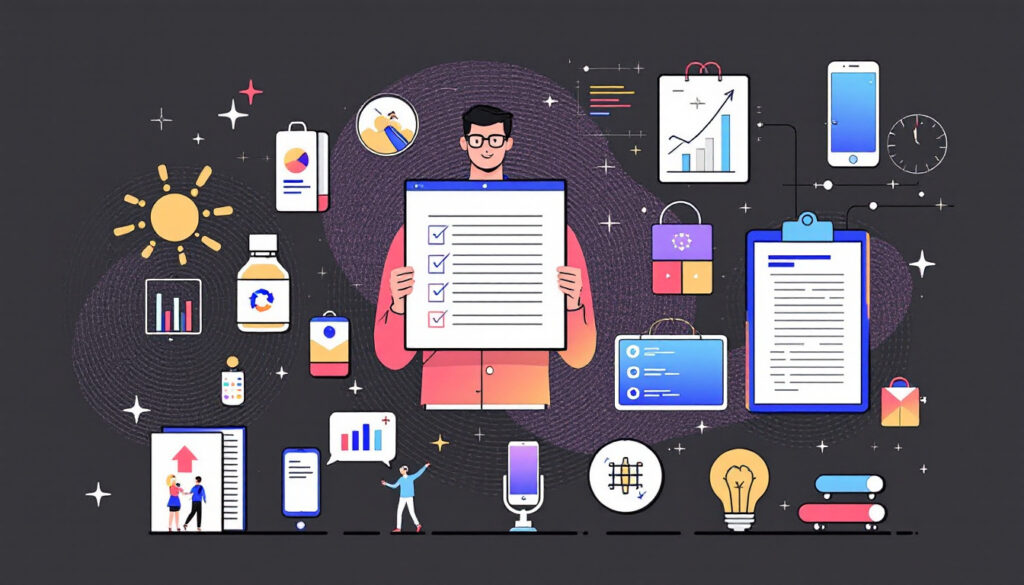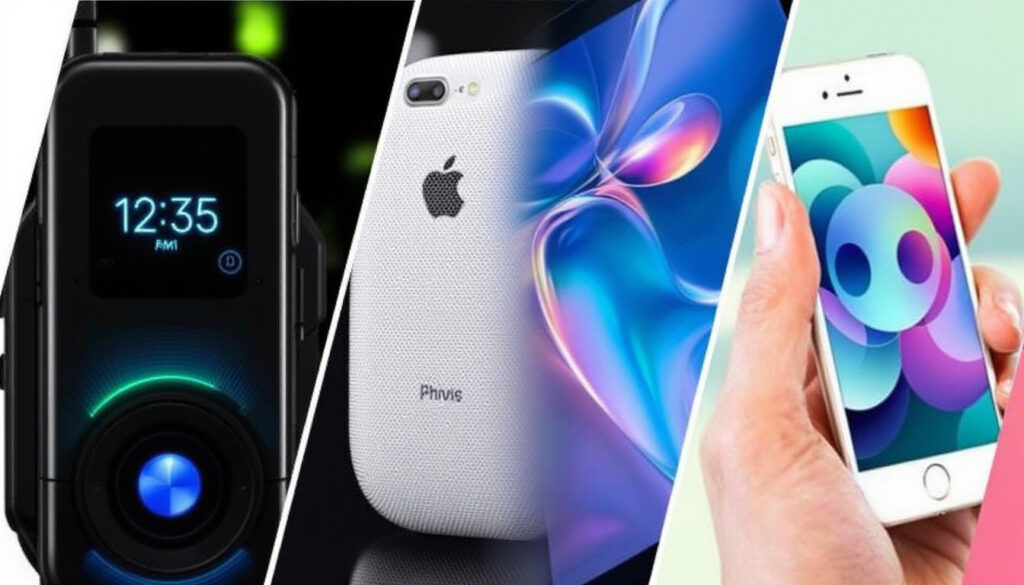Best Features IT & Electronics Buyers Want in Wireless Charging Pads [2025]
Wireless charging has moved from concept to commonplace in just a few years, transforming how devices are powered at home and at work. For IT professionals and electronics buyers, the selection process is not just about convenience or price. Choosing the right wireless charging pad means evaluating important details such as technical standards, safety, speed, and compatibility. This guide draws on current data and industry expertise to clarify what matters most before making a purchase. By the end, readers will have a clear understanding of the features and trade-offs to consider, backed by research and practical examples relevant to professionals in tech and business. For an in-depth look at how wireless charging stacks up in modern devices, see this recent feature analysis of iPhone 2025 and Android phones. Understanding Wireless Charging Technology Photo by Rann Vijay Wireless charging has gained traction across phones, wearables, and accessories due to its promise of convenience. For IT departments and electronics decision makers, understanding the principles behind this technology is essential. Selecting the right wireless charging pad means weighing charging speeds, system compatibility, and safety, all rooted in the science behind wireless energy. Fundamentals of Wireless Charging At its core, wireless charging uses electromagnetic fields to transfer energy between two objects, removing the need for cables. Electrical energy is converted to an electromagnetic field by a transmitter coil, typically found in the charging pad. A receiver coil in the device collects this energy and re-converts it back to electricity. For a technical breakdown, the process is straightforward: Place the compatible device on the pad; the coils align, and charging begins. The efficiency and safety of this handoff rest on the technology powering the system. Inductive Charging Technology Inductive charging is the leading technology in today’s wireless chargers. It relies on magnetic fields oscillating at low frequencies, transferring power efficiently when the coils are closely aligned. Most consumer chargers—especially for smartphones—use this method because it: Qi, pronounced “chee,” sets the global standard for inductive wireless charging. Most smartphones and small electronics now support Qi, ensuring broad device compatibility. For those managing a mixed fleet of devices, Qi compatibility simplifies sourcing and deployment. A potential drawback is the need for close, precise alignment. Minor bumps or misplacement may disrupt charging or slow the process, which can frustrate users. Resonant Wireless Charging Resonant charging is a more flexible technology, designed for charging over a greater distance and within looser alignment. While still leveraging the principles of electromagnetic fields, it operates at higher frequencies, letting devices draw power even if not perfectly aligned with the charging pad. Key benefits of resonant charging: However, resonant charging is less common in mass-market consumer products. Its efficiency drops as distance increases, and hardware costs are higher. For enterprise deployments or high-use environments, the flexibility can outweigh these limitations. For a complete explanation of these wireless charging technologies and their power transfer methods, visit this detailed technical overview on how wireless charging works. Impact on Charging Speed and Power Efficiency Charging speed in wireless systems depends on several factors, including the technology used, coil size, and power output of the pad. Inductive charging typically offers fast speeds when the device and charger both support the latest Qi standards. Resonant pads may charge slower, especially if the device is not centered. Efficiency also matters. Most wireless systems lose some energy as heat in transfer, particularly if alignment is off or if the device produces additional heat due to high power or a case. The lost power affects not just the time to reach a full charge but also device battery health over the long term. Practical steps, such as using approved chargers and removing cases when charging, help minimize energy loss and maintain battery life. For Apple devices in particular, persistent battery drain can signal issues with charging setup or device thermal management. Those facing repeated charging problems should consult these proven tips for iPhone battery life. For a deeper dive into how the two main technologies compare, see this summary of inductive vs. resonant wireless charging. Standards and Compatibility Universal charging pads follow open standards, most notably Qi, which means a single device can typically be used across various brands and hardware types. However, power output can differ from pad to pad, impacting both speed and safety. A professional environment that mixes phones, earbuds, and wearables benefits from wireless charging systems that meet reliable, widely adopted standards. This strategy simplifies device management and reduces technical issues across teams. Compatibility and Standards: Ensuring Your Devices Work Device compatibility is the cornerstone of any wireless charging solution, especially in professional environments where hardware diversity is the norm. Choosing a pad that meets modern standards prevents hassles, maximizes efficiency, and reduces risk. This section describes current charging standards, why cross-device support matters, and what IT and electronics teams should prioritize when evaluating wireless charging equipment. Photo by Steve Johnson Qi Standard: The Universal Baseline Qi is now the most widely adopted wireless charging standard across consumer and enterprise-grade devices. Developed by the Wireless Power Consortium, Qi creates a foundation for consistent, reliable wireless charging between brands and hardware generations. Deeper technical context on Qi and its evolution is available through the Qi (standard) entry and the official Wireless Power Consortium’s documentation. These resources offer insight into Qi’s progress and the features important for futureproofing your hardware purchases. Proprietary Technologies: MagSafe and Beyond While Qi leads the ecosystem, some brands layer proprietary enhancements atop the standard. Apple’s MagSafe system, for example, uses a precise magnet array combined with Qi charging to improve alignment and enable unique accessories. When choosing a pad, verify whether your office relies on proprietary systems. Some features—like Apple’s accessory support or Samsung’s faster speeds—only activate with matched hardware. Most modern charging pads remain backwards compatible with standard Qi features but read product specifications closely to confirm. Multi-Device Charging and Cross-Brand Support Offices and labs rarely standardize around a single brand or device type. Multi-device charging pads have risen in demand because









